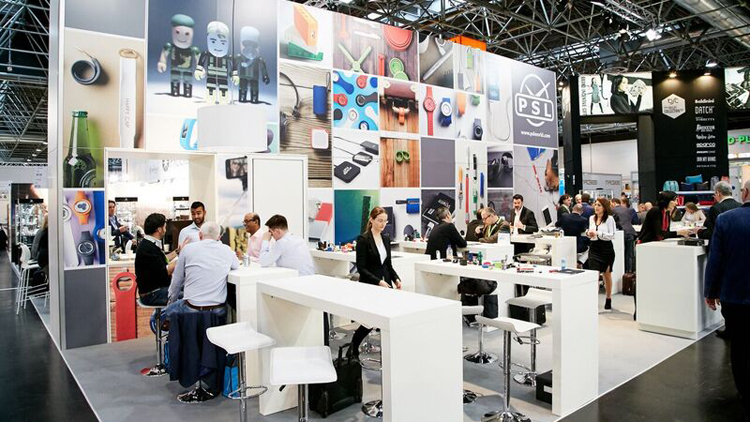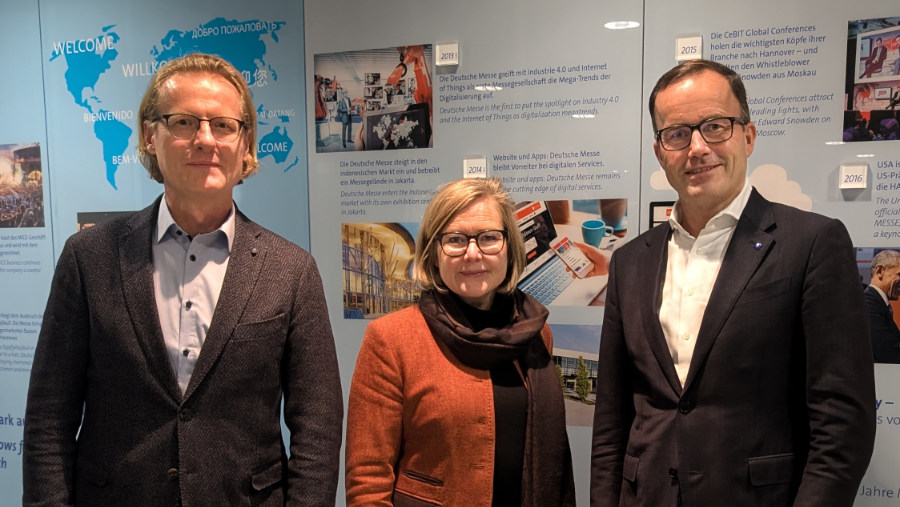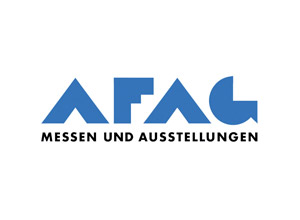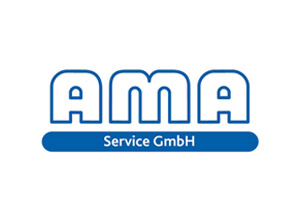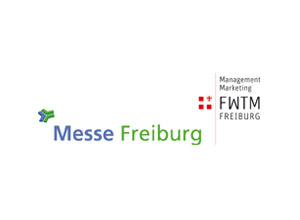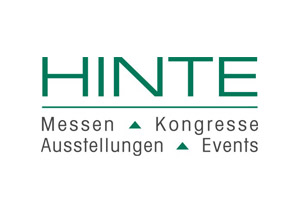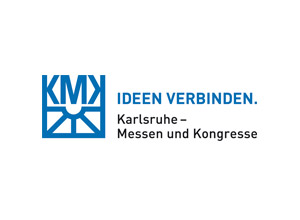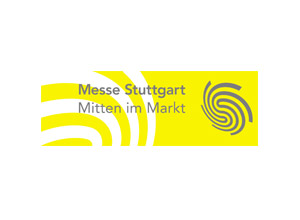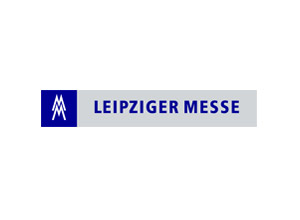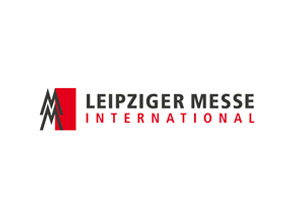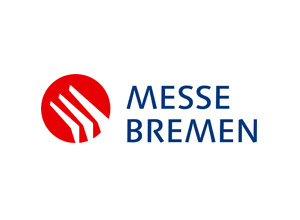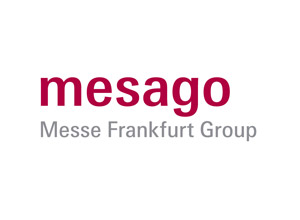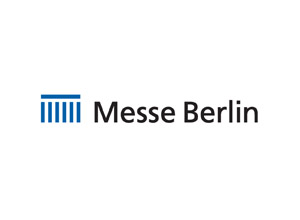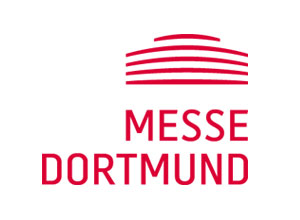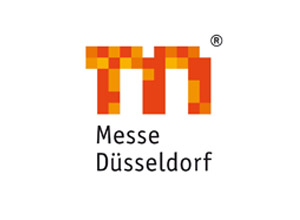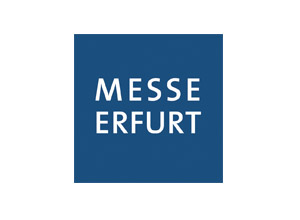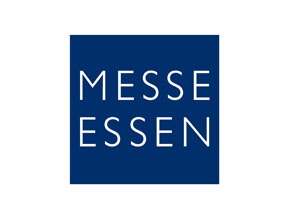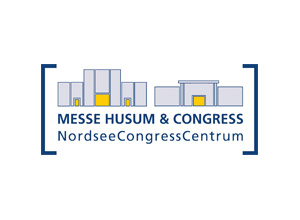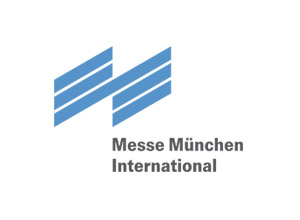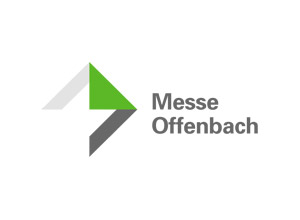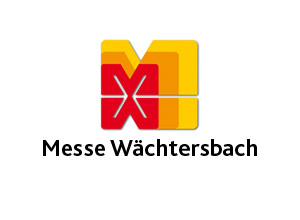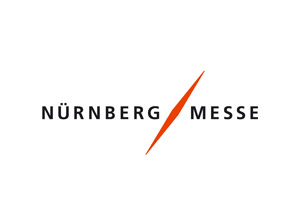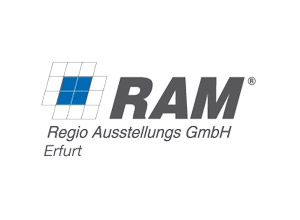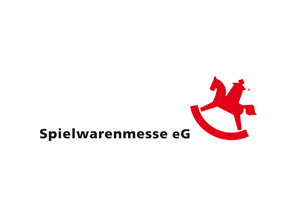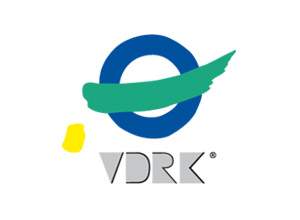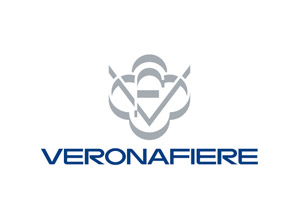In exhibitors’ brochures, press releases or on the organiser’s website one often comes across indications of area in relation to an exhibition which are accompanied by the terms gross or net, or which have no further explanations. But what information can, for example, an exhibitor obtain from them?
Exhibitor stand space: this is the space which is verifiably used for exhibition stands and thus forms the basis for a size comparison between individual events. The exhibitor stand space conveys an initial impression of how successful the organiser has been in attracting custom, irrespective of the number of companies taking part. In conjunction with the number of exhibitors, it is possible to determine the average stand size and thus to obtain a benchmark for one’s own presentation at the exhibition.
Special show space: at many exhibitions the organisers provide additional spaces for special shows and often put them together themselves – usually working together with trade organisations. In those spaces, design exhibitions, research results, presentations of handicrafts, information about professional training or other overarching topics are presented. By doing this, the organiser is thus providing information and attractions for the visitors in addition to those offered by the exhibitors. Exhibitor stand spaces and special show spaces together form the net exhibition space.
Gross exhibition space: this encompasses the whole of the space used for the exhibition, i.e. exhibitor stand space, special show spaces , and walkway and foyer areas, but not ancillary rooms such as restaurants, offices, etc. Gross spaces are of only limited benefit for comparisons in terms of size between individual exhibitions because the walkway and foyer areas can differ considerably depending on the exhibition even if the stand spaces are the same.
Are you interested in FKM’s definitions? You can find further details about FKM certification in the Certification area.






